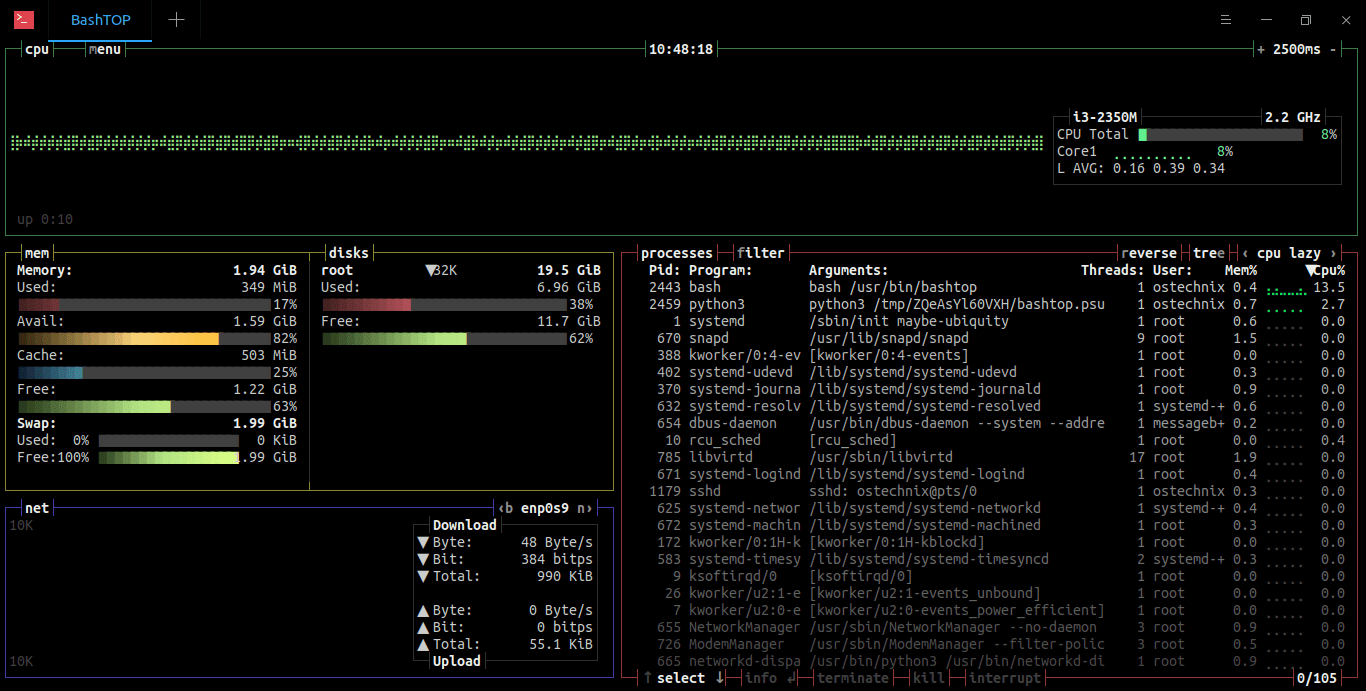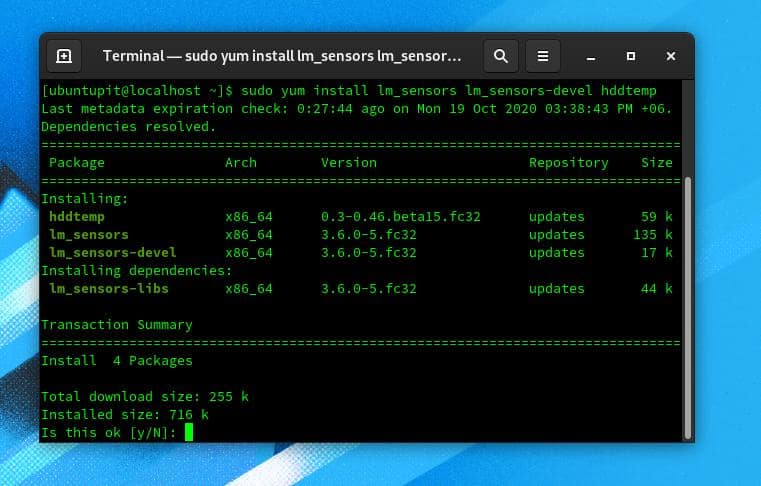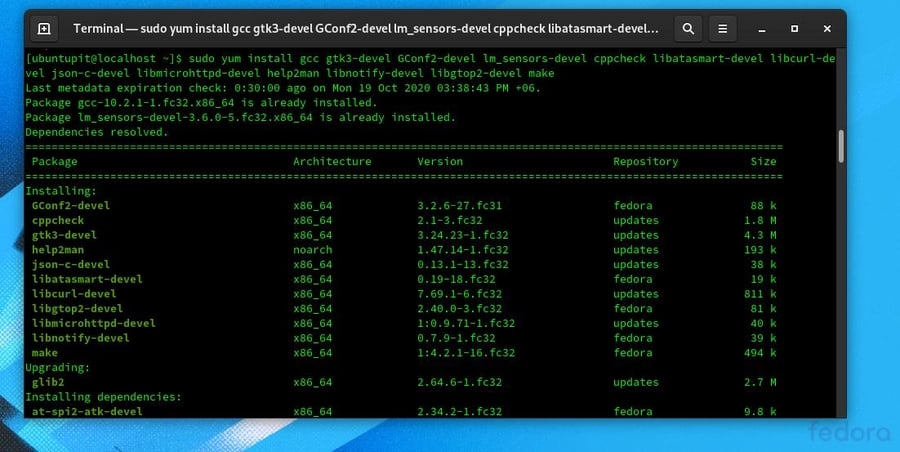


If you have a device capable of providing a zero-latency monitoring path, you should use some alternate method for controlling it, since the JACK model was too simplistic to be useful. You should basically forget JACK hardware monitoring entirely. “JACK hardware monitoring” was always limited to only a very small number of devices, and even on those devices, it turned out in practice not to be the most desirable of useful way of using the capabilities of those devices for hardware monitoring.

Notch filter: headphone and master output differ? This is a nice arrangement, if the sound card supports it, as it combines the convenience of having the monitoring controlled by Ardour with the low latency operation of doing it Five years ago you wrote in another thread: On it is stated: “hardware monitoring, on some cards this function can be controlled by Ardour. for zero-latency monitoring) on the interface itself but the comfort of doing it via the DAW is just no comparison… The interface works very well in “class-complient” mode on Linux too and yes, you can create hardware mixes (e.g.
LINUX HARDWARE MONITOR WINDOWS
I use RME soundcards (lately Fireface UFX II) for many many years now and of course, on Windows the driver’s own routing/monitoring capabilities are fantastic. (Hardware) Monitoring is the reason that keeps me going back to Ardour on Windows for recording (at least bigger sessions), while for mixing and post-production I am really really happy on Linux only.


 0 kommentar(er)
0 kommentar(er)
